The last year has been no different. And all the industry predictions for the next 10 years indicate that the market will continue to expand and grow for the forseeable future.
Soft drinks have now become such an integral part of the daily drinking repertoire that the weather is no longer considered so important as a sales driver. "The weather does have an impact, particularly in impulse," says Britvic's category director Andrew Marsden, "but now there's such huge momentum in the market, growth is no longer the function of a good summer. The market has in no way reached saturation and we expect sales to keep on growing exponentially for the next decade. The largest volume of growth is likely to come from meeting the needs of the 35-plus age group because the population is ageing.
"In the future, the nature and shape of the market will change. There will be a lot more innovation. New categories will be developed and healthier drinks will become more important. The next generation of soft drinks will be more complex with more functionality. Above all, there will be a great deal more choice," says Marsden.
Soft drinks is now the biggest category in food and drink. Tate & Lyle's Sucralose Soft Drinks Report 2002, published this month, estimates the total market has grown 4% to a massive £8.6bn at retail prices, matched by a similar volume growth rate to 12,400 million litres.
Britvic has recalculated the market for its latest Soft Drink Category Report 2002, estimating it at nearly twice the size at over £14bn and nine billion litres consumed. However this measurement includes leisure and catering, by far the largest sector at around £8.4bn, as well as the on-trade.
Take home, the element that's relevant to retail, soared 5% to £4.2bn [AC Nielsen MAT December 29 2001], a measurement that includes bottled water, fruit juice and flavoured milk. Take bottled water and fruit juice out of the picture, and the market shapes up at £3bn with 3% growth.
Multiple grocers have 69%value/ 80% volume of total take home, and grew their share last year by a healthy 5% value/6% volume.
Impulse outlets, which have been steadily losing sales to the multiples in recent years, saw a slight reversal of fortune with sales increasing 1% in value, but falling 2% in volume.
Britvic sales director Paul Moody says the impulse channel's marginal growth is a reflection of a more strategic and disciplined approach by retailers coupled with a greater enthusiasm to work in partnership with suppliers. "Impulse outlets are proving their ability to maintain value by satisfying consumer needs for immediate, top-up and distress purchases.
The emerging grocery convenience store format represents a huge opportunity," says Moody. The widespread introduction of chiller cabinets in impulse has been successful, encouraging customers to trade up from the traditional 330ml single can to 500ml plastic bottles.
Changing consumption patterns are behind the market's massive growth. Consumers' soft drinks repertoires are widening and they are choosing products that suit their mood or satisfy their physical and emotional needs. Generations of children are now growing up with soft drinks forming the major part of their total repertoire, with traditional hot beverage sales suffering as a result.
These children are taking their preferences into adulthood, thus ensuring per capita consumption of soft drinks increases exponentially.
Last year, every person in the UK consumed on average 205 litres of soft drinks.Consumption was highest among 10-15 year olds, drinking 480 litres, followed by the five to nine year olds, but even the 65 plus age group is now drinking 84 litres a year.
This upsurge in consumption has resulted in the percentage of UK households purchasing soft drinks growing to 99.3% last year, according to the Britvic report.
"More consumers are purchasing soft drinks more frequently and in greater volume year on year," says the report.
"However, the average spend per household has not risen as soft drinks penetration increases and pricing becomes ever more competitive."
The big trend in the market, apparent for two years but which is now gathering momentum, is the shift towards still drinks which significantly outperformed carbonates in 2001. "The move to still is a worldwide trend," says Britvic's Marsden. "You can see it in virtually every country. Consumers perceive still drinks as healthier than carbonates and with an increasing number of people seeking a healthier lifestyle, this trend will continue to grow."
The preference for still is reflected in the substantial rises in fruit juice, juice drinks, bottled water and squash which turned round its performance in 2001 with a 3% rise. In the multiples, still drinks rose by 6% to take 55% value share, according to the Britvic report.
"It's no co-incidence that the market's two biggest carbonates players Coke and Pepsi have bought into the still and non-carbonates market," says Marsden.
Squashes, cordials and other dilutables account for 23% of the total UK soft drinks volume in ready to drink terms, but a much smaller 11% of sales value.
Low sugar products are the most popular with 60% share, while high juice products have made an increasingly important contribution, rising 8% in volume, and their premium prices adding substantially more in value terms [Sucralose].
Robinsons has led the growth in the dilutables category, investing strongly in advertising and promotions, and finetuning almost every aspect of its range, including new flavour extensions to High Juice and Fruit & Barley, and an organic variant.
The brand as a whole grew 16% last year, says Marsden, propelling it to the eighth largest in grocery. Vimto's squash range also grew 16% last year, according to Vimto Soft Drinks which plans to capitalise on this with £3.5m marketing investment in 2002.
GlaxoSmithKline's Ribena dilutable gained 4.4% (ACNielsen) and will benefit from a £27m marketing spend across the whole brand this year.
A brand to watch is Princes' Jucee which has become the biggest selling squash brand in the independents and, as a result of this, one of the fastest growing in the market.
It has now been relaunched with the addition of high juice variants, an area which Princes product manager Ruth Simpson says is growing because consumers are increasingly trading up.
Princes' other dilutable, Ocean Spray, is also aiming for a bigger slice of the squash sector with a relaunch that includes a new blend supported by a £6m spend on the whole brand.
Fruit drinks also had a good year, growing 4% in value in line with take home performance, despite being dragged back by the brand leader Sunny Delight's massive 39% fall [ACNielsen].
Procter & Gamble relaunched the brand this March with a higher juice and lower sugar content, new flavours and a £12m marketing campaign, but the brand faces increasing competition from all the other major contenders in the burgeoning children's juice drinks sector.
Fruit drinks continues to see a huge amount of development with dilutable brands moving into the sector and becoming successful juice drinks brands in their own right, such as Ribena's one-shot pack, growing 16% year-on-year, and Robinson's Fruit Shoot and Fruit Break.
Other top performers include Capri-Sun, following its makeover last year, Calypso and Oasis in the adult sector. Cranberry is increasingly important as a flavour with Ocean Spray the undisputed champion following its move from cans into plastic [Sucralose].
The brand has now entered the top 12 at the expense of Sunny Delight.
Though still drinks outperformed carbonates for the first time, the fizz still remains in this sector which grew 3% value/1% volume last year [Britvic].
Cola accounted for almost a quarter of total soft drinks sales and, along with flavoured carbonates, grew at around 3% [ACNielsen].
CCE's Fanta was the top performer, the whole brand rising 61%, thanks largely to the successful launch of a lemon variant.
Lemonade was the only real casualty, falling 4% because of a decline in budget and own label varieties, though premium products such as Schweppes and R Whites performed well.
Energy, fruit juice and bottled waters were also top performers. Sales of energy drinks increased by over £50m, taking the market above £750m, led by Red Bull, Lucozade Energy and Lucozade Sport.
Bottled water sales reached nearly £900m last year and are expected to exceed £1bn this year [The Grocer, March 2 Focus on Bottled Water], while fruit juice /juice drinks increased 7.5% to £844m (The Grocer, April 6, Focus on Juice & Smoothies).
{{FOCUS SPECIALS }}
Close menu
- Home
- Retail & Wholesale
-
Products & Suppliers
- Back to parent navigation item
- Products & Suppliers
-
Product Categories:
- Back to parent navigation item
- Product Categories:
- Alcoholic drinks
- Bakery
- Cereals & breakfast
- Cheese
- Chicken & poultry
- Chocolate
- Confectionery
- Crisps, nuts & snacks
- Dairy
- Fish
- Fresh produce
- Frozen
- Household
- Meat
- Own Label
- Sauces & condiments
- Seasonal
- Soft drinks
- Vaping
- Vegan & plant-based
- World foods
- Suppliers
- People
- Reports & Data
-
Topics A-Z
- Back to parent navigation item
- Topics A-Z
-
Popular topics:
- Back to parent navigation item
- Popular topics:
- Cost of living crisis
- Crime
- Deposit Return Schemes
- Finance
- Government & Regulation
- Health
- Inflation
- Loyalty
- Marketing
- Mergers & Acquisitions
- New Product Development
- Sourcing
- Supply chain
- Sustainability & environment
- Technology
- Ultra Processed Foods
- Vaping
- A-Z all topics
- Content by type:
- Events
- Ask iA (beta)
- Subscribe now
Sign in to comment on this article
Not logged in before? Register for FREE guest access today.
You will be able to:
- Read more stories
- Receive daily newsletters
- Comment on stories
Advert



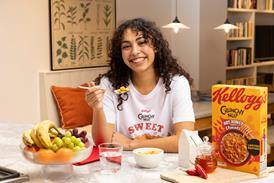
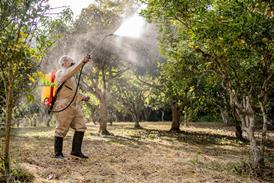


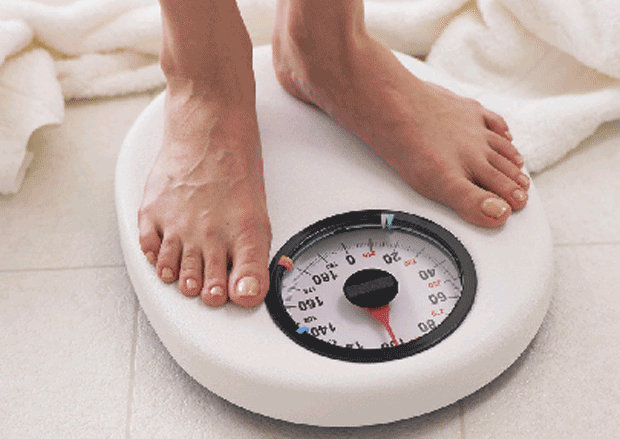

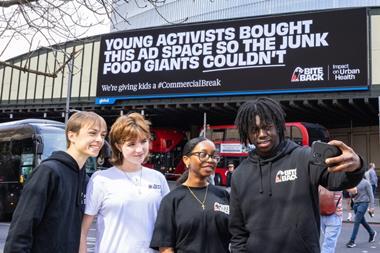


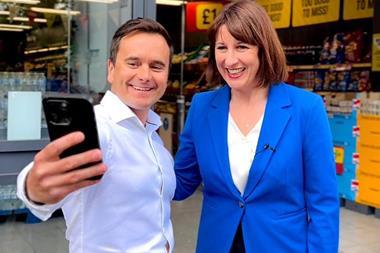




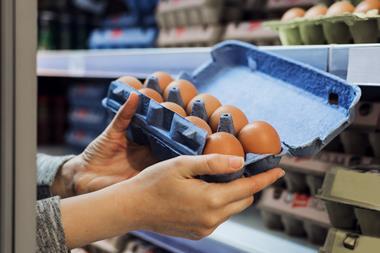
No comments yet